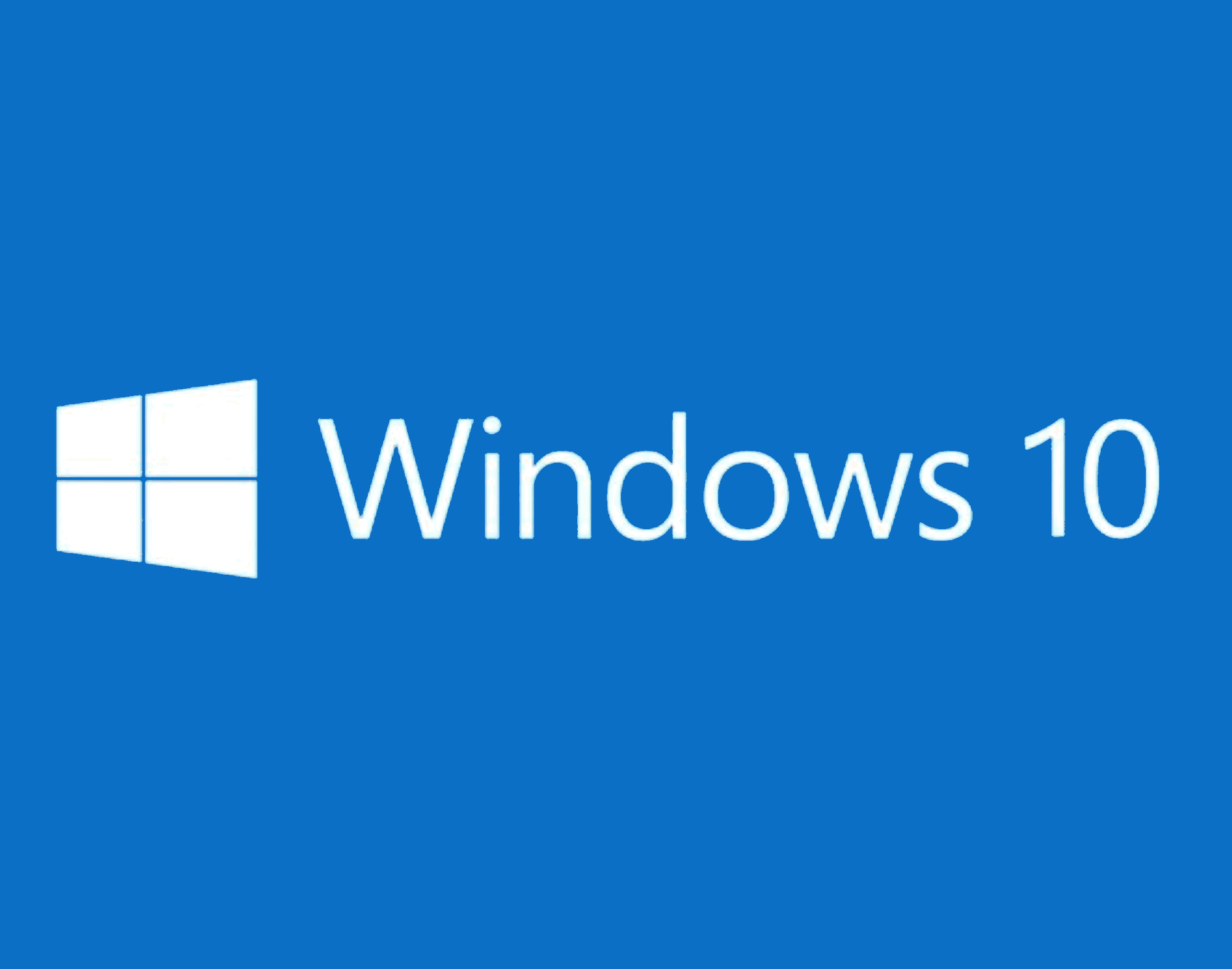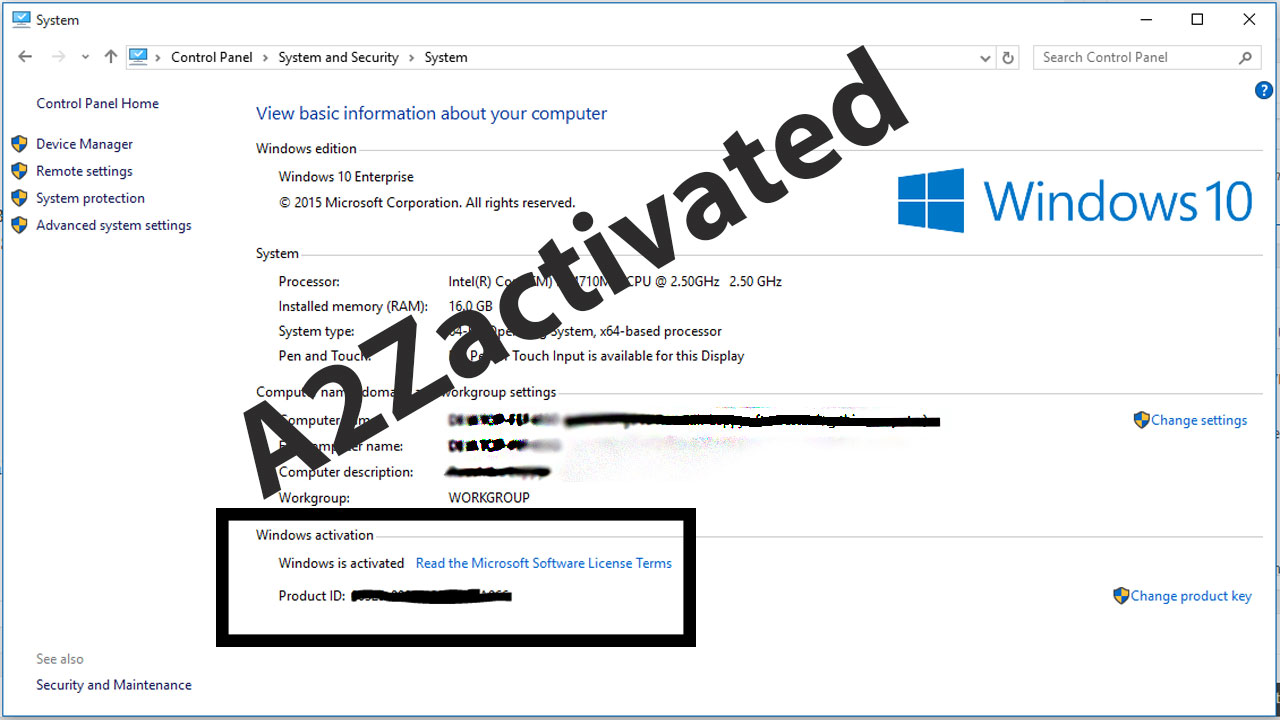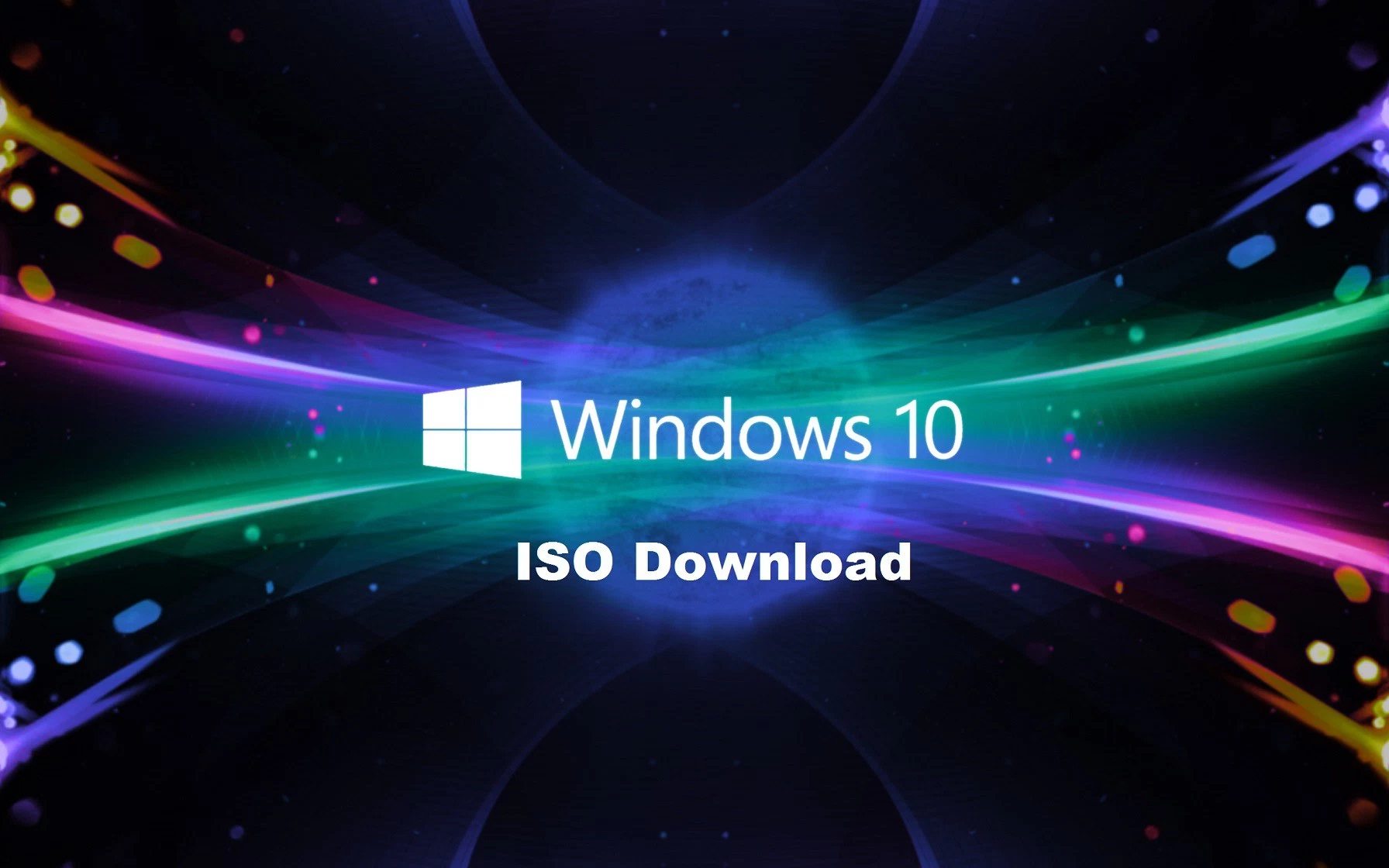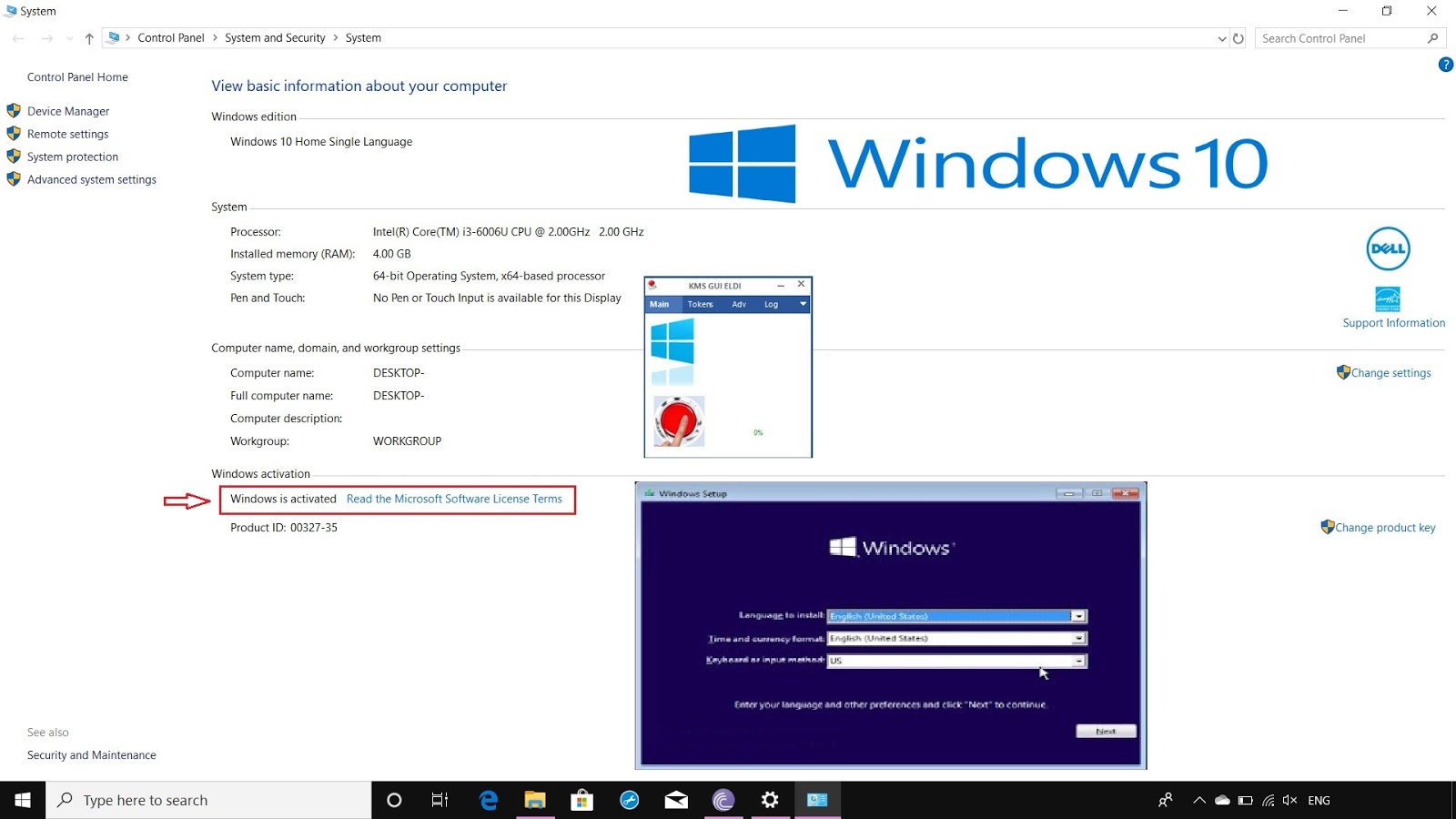
Peppermint does include some proprietary software by default. There is always the risk that the install process could potentially interfere with these other operating systems. We strongly advise backing up any valuable or sensitive data before installing any operating system onto a computer that has one or more existing operating systems. One of the original goals we set when we first started working on the project was to keep the system requirements low in order to offer the best possible performance to the widest variety of hardware. Peppermint has “very modest” system requirements.

When compared to a DVD, bootable USB flash drives are significantly faster for live desktop performance and install time. Most modern computers can boot from a USB flash drive and this is the method that we most strongly recommend.

Most commonly the installation medium consists of either an optical disk such as a DVD, or USB flash drive.

The next step is to take the disk image and write it to some form of external media so that you can boot the computer into that media and then install the operating system. $ sha512sum PeppermintOS-Debian_ARM_64.iso Example: Verifying the integrity of the installer. How to verify the integrity of the installer $ sha512sum PeppermintOS-Debian-64.iso

iso files, which are commonly referred to as “disk images.” Naturally the first thing you’ll need to do in order to get up and running is to download the image.


 0 kommentar(er)
0 kommentar(er)
